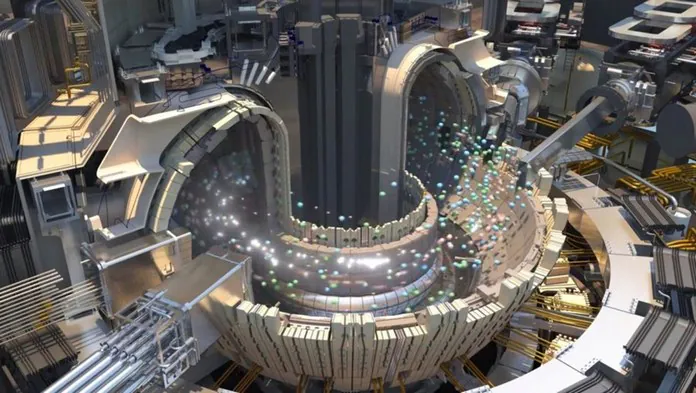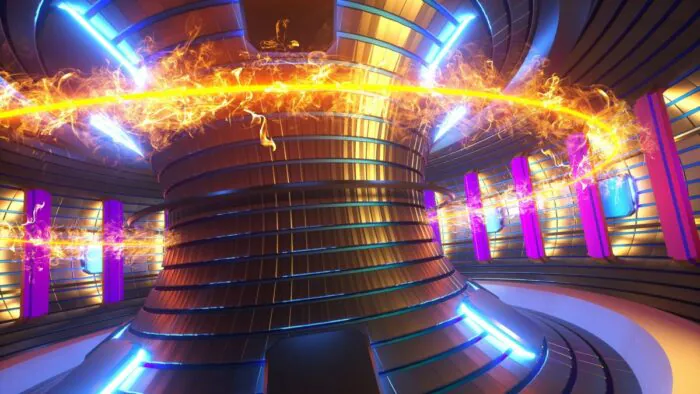© ROOT-NATION.com - Use of content is permitted with a backlink.
Future thermonuclear reactions inside tokamaks could produce much more energy than previously thought. Thanks to innovative new research, it turned out that the basic law for such reactors is incorrect. Nuclear fusion is capable of more!
A study by physicists at the Swiss Plasma Center of the FSwiss Plasma Center at École Polytechnique Fédérale de Lausanne (EFPL) found that the maximum density of hydrogen fuel is about twice the “Greenwald limit”, an estimate obtained more than 30 years ago.
The discovery that thermonuclear reactors can operate with a hydrogen plasma density much higher than the Greenwald limit for which they were designed will affect the work of the massive ITER tokamak under construction in southern France and greatly affect the design of ITER successors, called the Demonstration power plant (DEMO) fusion reactors, said physicist Paolo Ricci at the Swiss Plasma Center.

Ricci is one of the leaders of a research project that combines theoretical work with the results of about a year of experiments on three different thermonuclear reactors across Europe – EPFL’s Tokamak à Configuration Variable (TCV), Joint European Torus (JET) at Culham in the United Kingdom, and the Axially Symmetric Divertor Experiment (ASDEX) Upgrade tokamak at the Max Planck Institute for Plasma Physics at Garching in Germany.
Donut-shaped tokamaks are one of the most promising designs of thermonuclear reactors that can be used to generate electricity for power grids. Scientists have worked for more than 50 years to make controlled fusion a reality. Unlike nuclear fission, which produces energy by breaking up large atomic nuclei, nuclear fusion can generate even more energy by bringing together very small nuclei.
The fusion process generates way less radioactive waste than fission, and the neutron-rich hydrogen it uses as fuel is relatively easy to obtain. The same process drives stars such as the Sun, so controlled fusion is compared to a “star in a jar”, but because very high pressures in the star’s heart are impossible on Earth, thermonuclear reactions require higher temperatures than the Sun.
The temperature inside the TCV tokamak, for example, can be over 120 million °C – almost 10 times the temperature of the Sun’s fusion core, which is about 15 million °C.

Several fusion power projects are currently at advanced stages, and some researchers believe that the first tokamak to generate electricity for the grid could be operational by 2030. More than 30 governments around the world are also funding the ITER tokamak, which is set to make its first experimental plasma in 2025. However, ITER is not designed to generate electricity. But ITER-based tokamaks, which will be called DEMO reactors, are already being developed and may be operational by 2051.
You can also help Ukraine fight with Russian occupants via Savelife or via an official page of the National Bank of Ukraine.
Read also:
- Magnetic waves across Earth’s outer core were revealed
- Rocket exhaust pollution can affect the Earth’s climate


